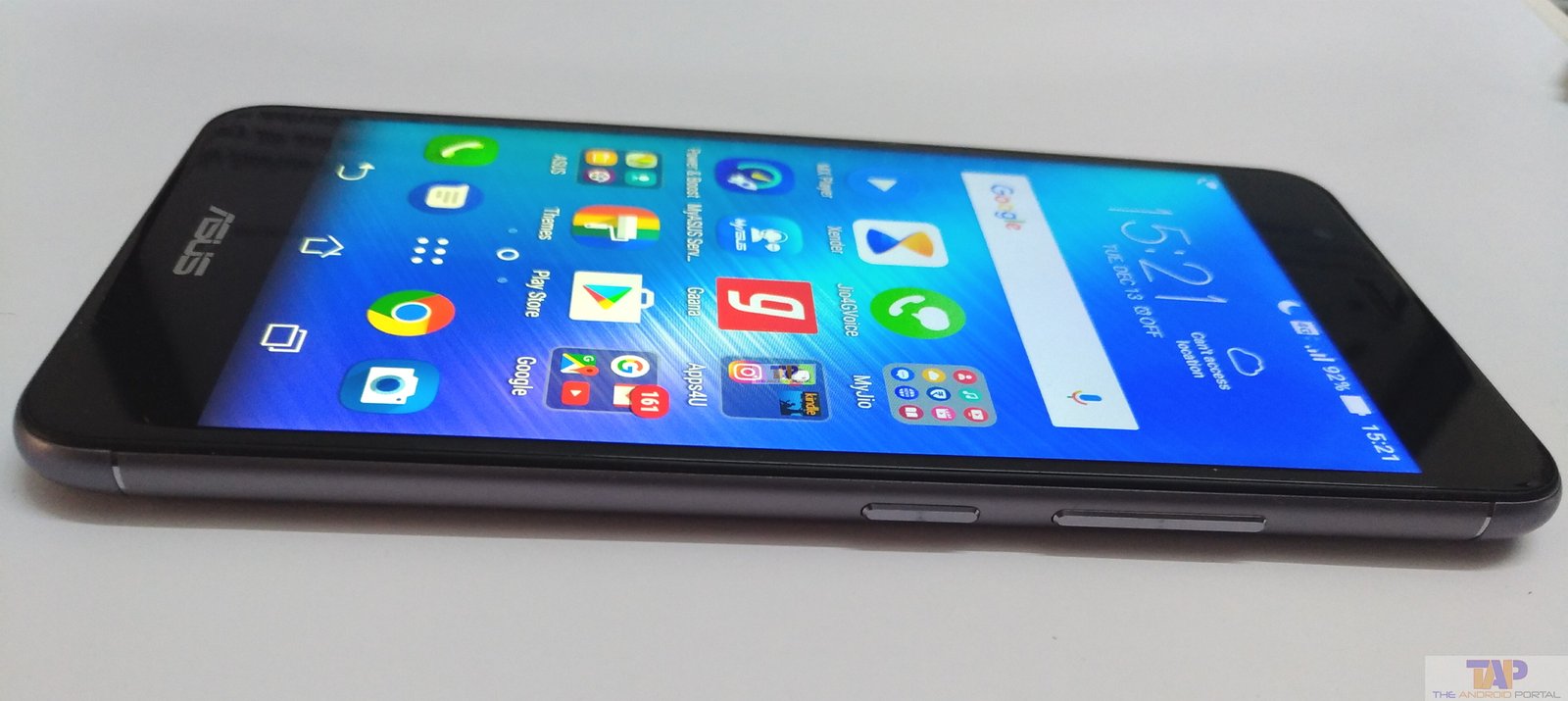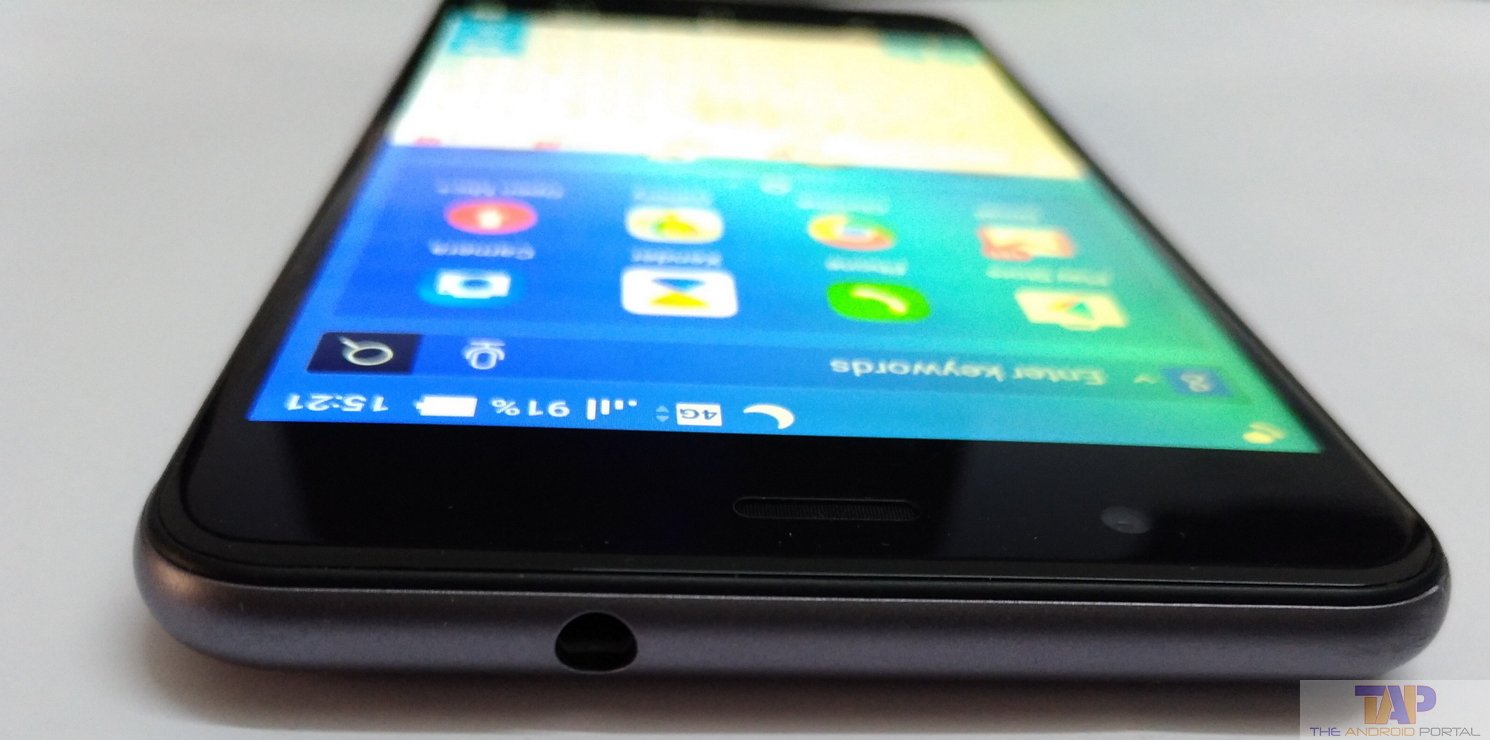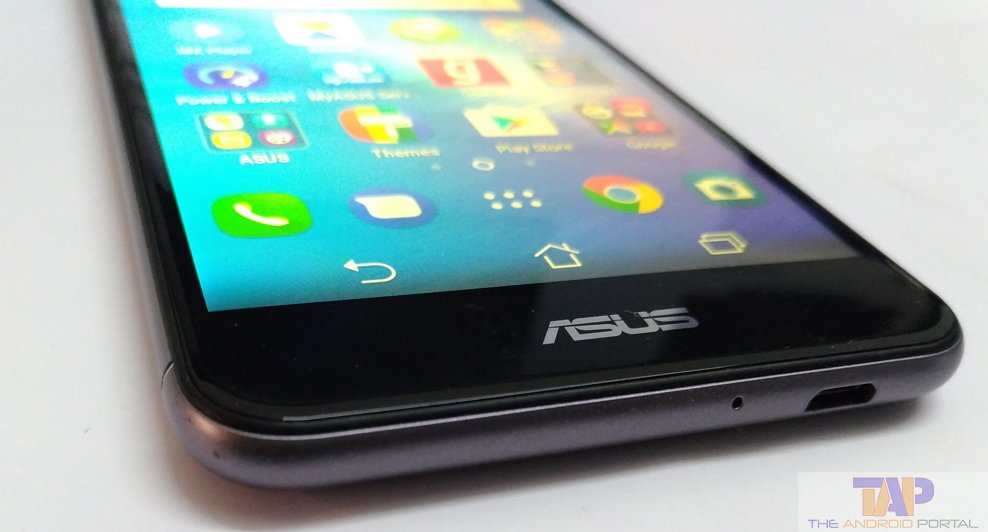We all are aware of the ASUS zenfone series smartphones. ASUS has recently launched the zenfone 3 Max which comes with improved battery performance. Previously they have launched the zenfone 3 with a fingerprint sensor; this zenfone 3 Max also comes with a fingerprint sensor along with good battery backup.
All About Zenfone 3 max
Design:
If we talk about the design, it weighs approximately 175 grams with a 5.5-inch full HD IPS 2.5D contoured glass screen with a good viewing angle. It’s a well-crafted metal design with a unique shining piece in hand.

On the front side, there is an LED notification light, and below that screen, you will see three capacitive keys for the back, menu, and home.

At the top, there is a 3.5 mm headphone jack with a secondary noise-cancellation microphone. At the bottom on the right-hand side, there is a Micro-USB charging port placed next to the primary mic. This time, ASUS has put its logo on the underside of the screen and capacitive buttons on the screen.

On the side, ASUS has placed the power and volume rocker buttons on the same side, so anyone can operate it using a single hand. On the contrary, there is a hybrid SIM tray where we can use one Micro and one nano SIM/microSD card. On the back side, this device has a 16MP camera with dual LED ton Flash with laser autofocus feature.

The fingerprint sensor is placed just below the camera and is responsive to the touch. But if we compare the touch sensor of the zenfone 3 and the zenfone 3 MAX, we have found zenfone 3 is slightly more sensitive than this device.

You can also configure this fingerprint sensor to answer your calls, take photographs or selfi, or unlock your phone using your fingertip. The ASUS logo is also on the back side bottom just above the speakers.
Performance:
If we talk about zenfone 3 Max performance, we didn’t feel any lag while using it. However we haven’t tried playing heavy games on it, but we used it for a week with regular day-to-day use, and worked well. This device has a strange issue, when we call someone from this device, the camera automatically opens and captures images. There may be a manufacturing defect in the device that we have received.
Zenfone 3 Max is powered by a Snapdragon 430 chipset with eight cores clocked at 1.4 GHz. This device comes with 3GB RAM along with a 505 Adreno graphics processor. It’s packed with Marshmallow OS.
It has 32GB built-in storage that can be further extended up to 128GB using an external microSD card. It’s a 4G LET VoLTE compatible device; we have successfully tested the Reliance JIO network to test it.
The phone is running smoothly for a routine task as well as for multitasking. When we charge it, it gets a little heated, not getting overheated on route usage.
Camera:
The camera is the main thing that anyone looks for in a smartphone. This zenfone 3 Max comes with a 16MP primary camera with dual-tone LED flash. For taking selfie pictures, you will get an 8MP camera and can record 1080p video recording.
In low light, it performs on average while photos taken under the LED tube light is having a little more sharpness. Image clarity is not as good as we expected.
Battery:
This phone has an upgraded version of the zenfone 3. It comes with a 4100 mAh Li-Ion battery. We have used it for one week, and its battery lasts for two days on average. However, Zenfone Max which was having 5000mAh battery had a long-lasting battery backup as compared to this phone. Similar to Zenfone Max, you can also use this device to charge another device.
See also: Samsung Galaxy J7 Prime vs Asus Zenfone 3 Max
Verdict :
This zenfone 3 max has a few aspects like battery performance, and a touch sensor going for it. But the price tag seems a bit overpriced as compared to other phones with similar specifications.
If you are looking for a smartphone with good battery backup and good performance, you can consider this phone.











